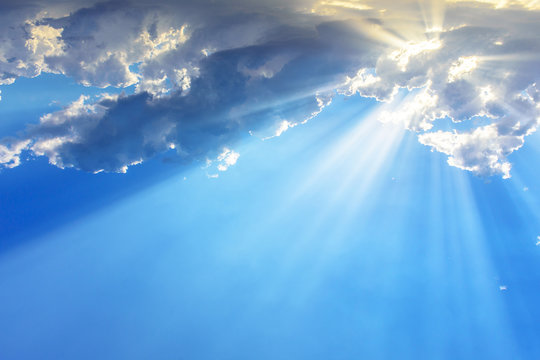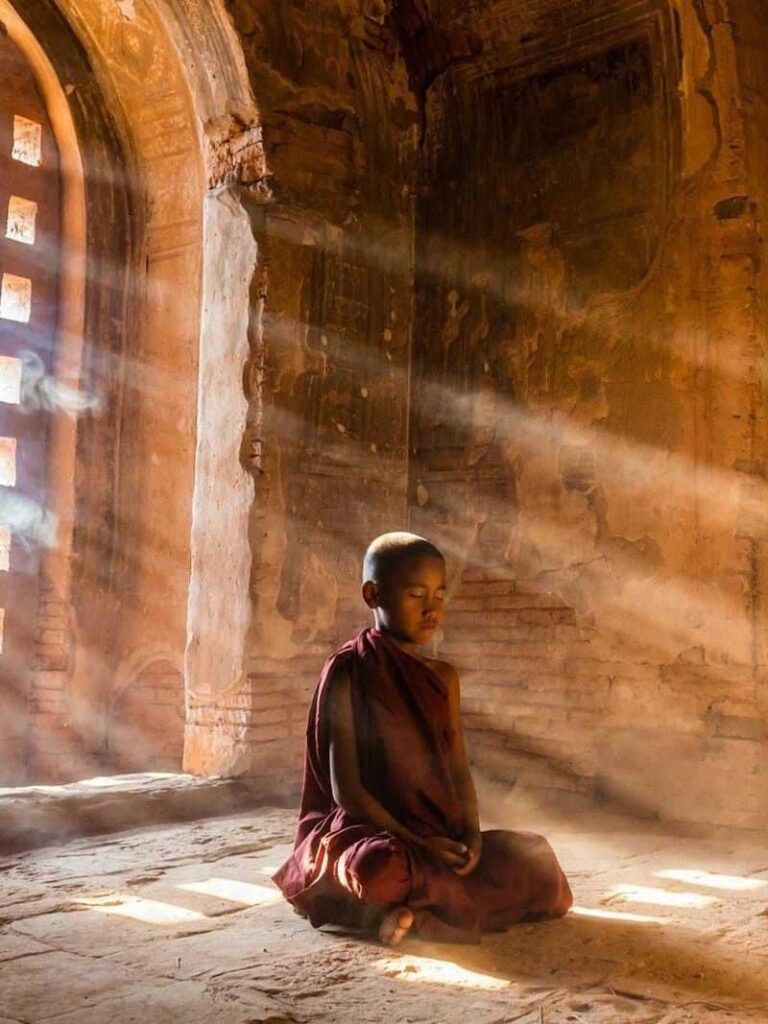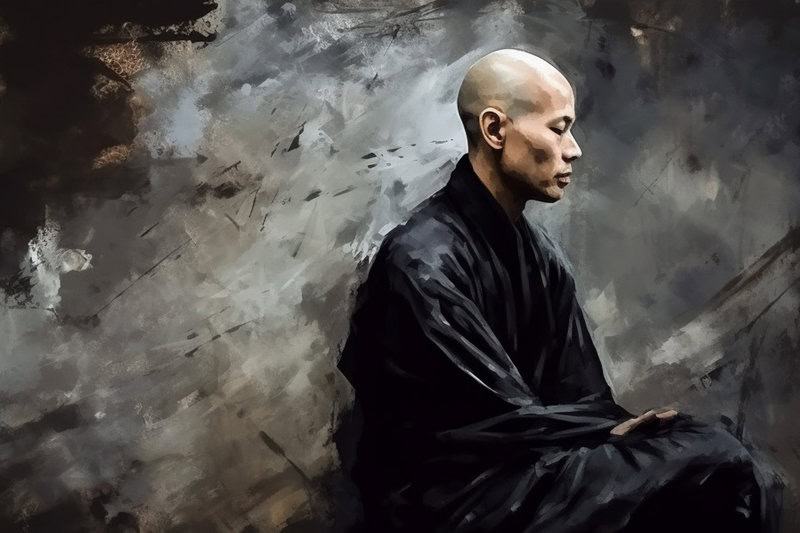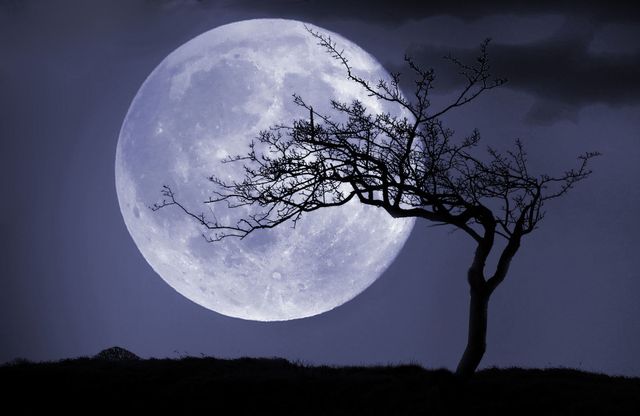From an online discussion forum:
Hi, can I take issue with you in the way you’ve described relative and ultimate reality? You seem to say that our bodies are at the level of relative reality and our minds are at the level of ultimate reality, if I’ve understood your implication correctly?
Mantras provide a deep connection between relative conditioned “reality” (our bodies) and absolute unconditioned essence (mind) through the sound vibrations of their syllables.
Would it not be more accurate to say that both body and mind have relative and ultimate aspects? Our body appears to the mind, and at that ‘level’ it is relative reality. However, our body is empty of inherent existence, and at that level the body has an ultimate reality.
The same is true of the mind …. that which appears to the mind … appearances – this is relative reality, whilst the mind and its contents also are empty of inherent existence, which is the ultimate reality or truth of their existence.
For that matter, it would also be true that mantras have relative and ultimate existence – their appearence to the mind is their relative existence or reality, whilst their emptiness is their ultimate reality.
Using this line of understanding, all compounded dharmas have this dual nature, which is that they have relative and ultimate reality or nature. It’s not that some things are one, and other things are the other (ie, it’s not that body is relative and mind is ultimate), more that depending on how you look at things (dharmas), you either see their relative or ultimate nature.
Thank you for your response on the translation of mantras – it is only on this aspect of your answer that I have some reservations 🙂
best wishes to you in the Dharma





